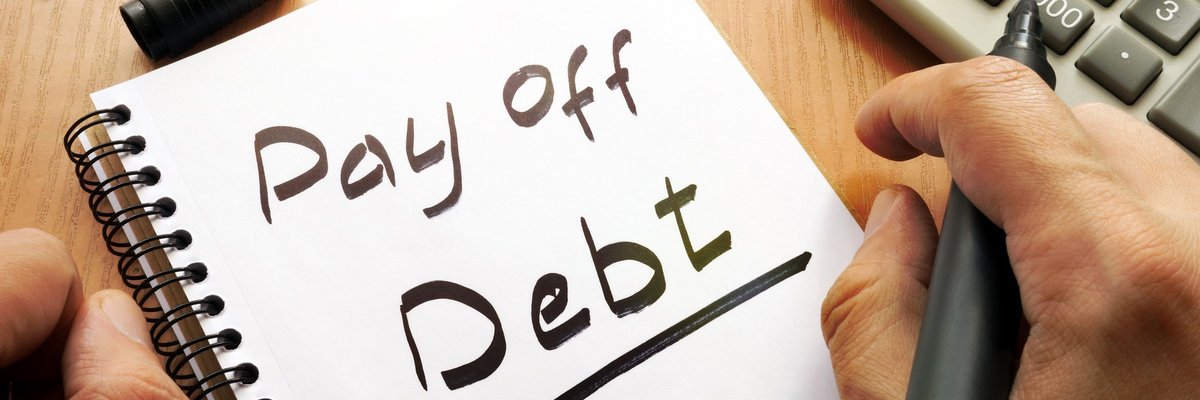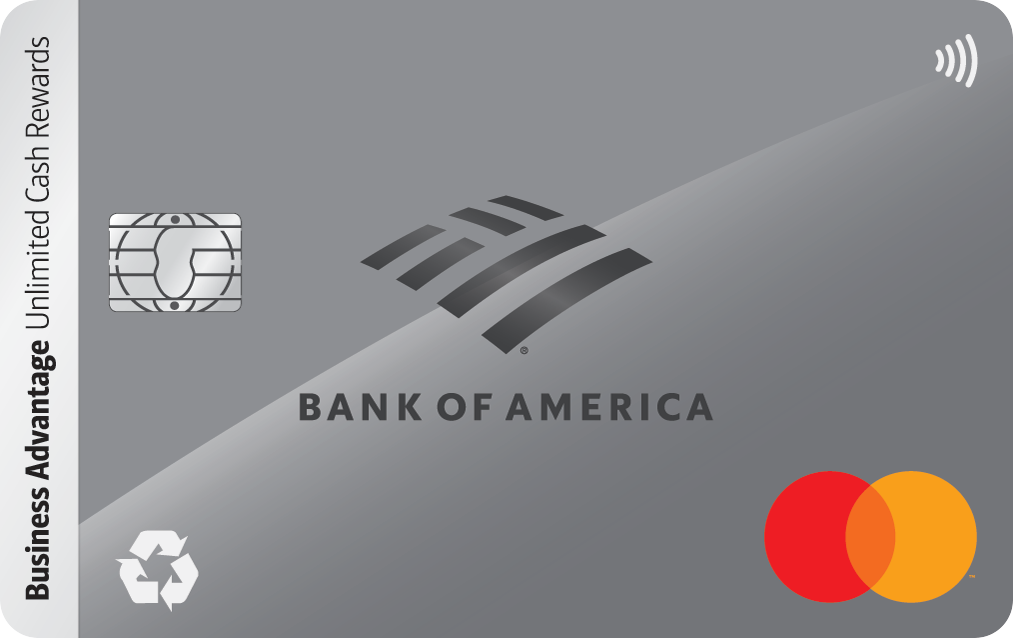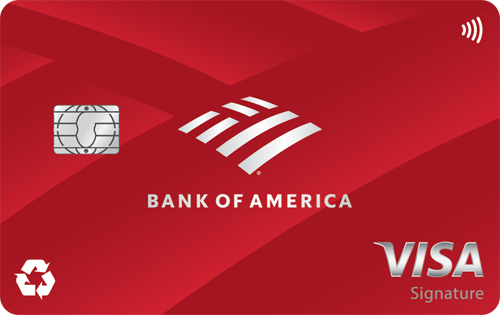1 in 4 Americans Want to Pay Off Debt in 2026 -- These Tools Can Help

Image source: Getty Images
If tackling debt is your top money goal this year, you're not alone.
About 25% of Americans say paying off debt is their #1 financial resolution, according to Motley Fool Money's 2026 New Year Money Resolutions Report. It's the overall most popular financial goal heading into the new year.
Of those focused on debt payoff in 2026:
- 37% are targeting credit card debt
- 13% are focused on mortgages
- 11% are working on personal loans
- 9% want to eliminate buy now, pay later (BNPL) balances
- 7% are tackling auto loans
No matter what kind of debt you're dealing with, there's a tool out there that can help. Here are four smart options that can lighten the load and speed up your payoff timeline.
1. Use a balance transfer card to pause interest
The most common (and costliest) type of debt Americans want to get rid of is credit card debt.
If that's your biggest headache, a balance transfer card is one of the most effective ways to get ahead.
These cards let you move your existing balance to a new account with a 0% intro APR, typically lasting between 12 and 21 months. During that time, you won't pay a penny in interest, which means all your monthly payments apply directly to principal paydown.
Example: Let's say you owe $6,000 and can afford $300/month. On a card charging 22% APR, it could take 25 months to pay off, with nearly $1,500 in interest.
With a balance transfer card offering 0% for 21 months, making those same $300 monthly payments would get you completely out of debt four months earlier, and you'd pay $0 in interest.
There's usually a small balance transfer fee of 3% to 5%. But the amount you save in interest is almost always worth it.
Compare today's best 0% intro APR and balance transfer cards.
2. Refinance your personal loan or car loan (if rates fall)
If you've got a personal loan or car loan from the last year or two, there's a chance you're locked into a high interest rate.
But if your credit score has improved -- or if rates have dropped since -- refinancing could lower your monthly payments or shorten your payoff timeline.
Here's what to look for:
- A lower fixed APR than what you're currently paying
- No prepayment penalties on your existing loan
- A chance to simplify your payments (e.g., consolidating multiple loans)
With the Fed expected to lower core interest rates in the coming months, we might all see cheaper loan rates for cars and personal loans in 2026.
You don't have to wait for rates to "crash." Even a 1% drop can add up over a few years.
3. Look into mortgage recast or refinance
Mortgages aren't easy to knock out overnight. But it's a noble financial goal to prioritize paying off your mortgage early and owning your house outright.
Here are a couple strategies you can discuss with your bank to see if they make sense.
- Recasting allows you to make a lump-sum payment toward your principal and ask your lender to re-amortize the loan. Your monthly payment drops, but your interest rate and loan term stay the same. Many lenders only charge a small admin fee for this.
- Refinancing might make sense if rates fall far enough in 2026. Just make sure to run the math on closing costs and your break-even timeline -- especially if you don't plan to stay in the home long term.
Either strategy can help free up monthly cash flow, which you can put directly back into principal paydown or other financial goals.
4. Get help from a nonprofit credit counselor
Sometimes the hardest part of debt payoff is just… knowing where to start.
That's where a non-profit credit counseling agency can help. Certified organizations like Money Management International (MMI) and members of the National Foundation for Credit Counseling (NFCC) offer:
- Free or low-cost one-on-one guidance
- Help creating custom debt payoff plans
- Negotiating help with lenders
- Access to structured Debt Management Plans (DMPs), where you make a single monthly payment and the agency pays your creditors directly
Honestly, I've spoken with people that work for these non-profits and they are life-savers.
If you're truly overwhelmed with debt, it's OK to seek help! Just be sure to work with an accredited, nonprofit organization.
Make 2026 the year you get ahead of debt
There's no magic trick to completely erase your debt. It takes hard work, saving money, and making steady payments. You may have to make some sacrifices.
But not all payoff paths are the same. Some charge more interest, take longer, or drain your monthly budget. Others -- like balance transfer cards -- give you a head start by dropping interest rates to 0% for a period and letting you put every dollar toward progress.
If you're carrying credit card debt, that could be the fastest and cheapest option to knock it out for good. Compare the best balance transfer cards to start your payoff plan.
Our Research Expert



